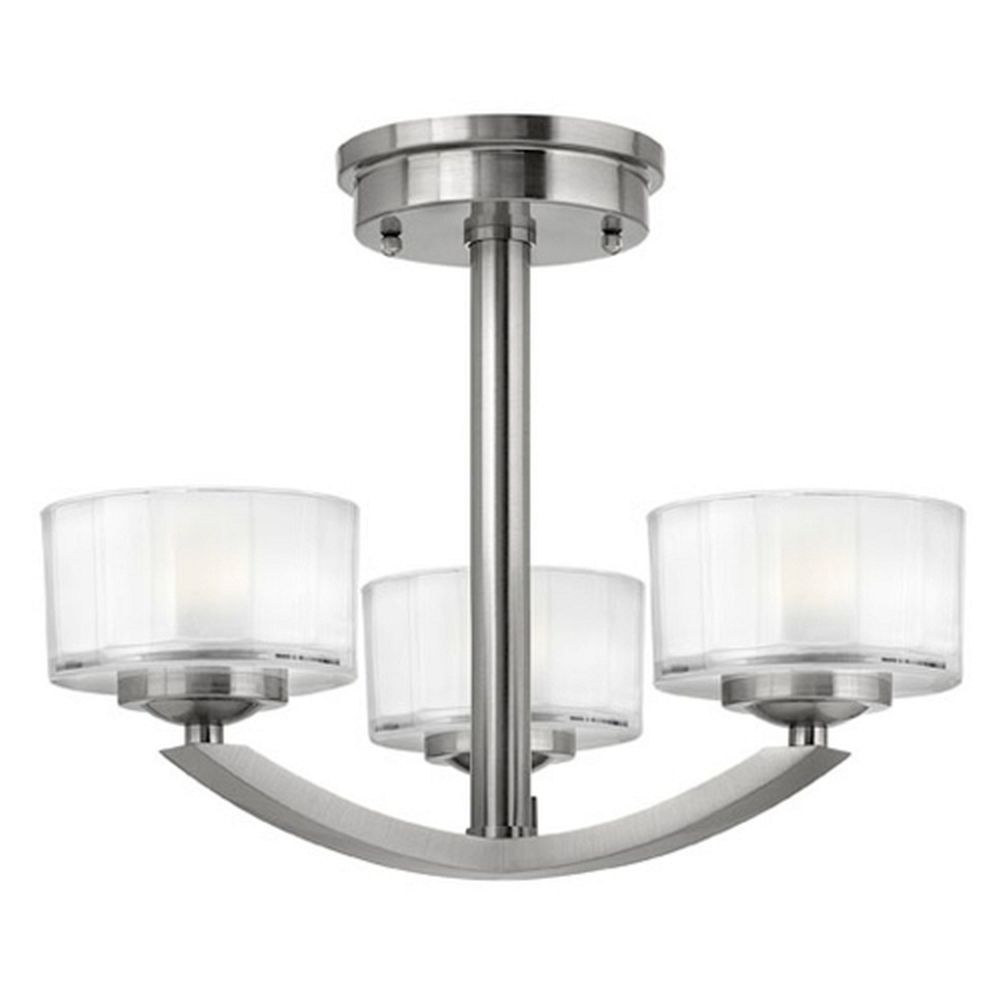Ceiling Lighting Buyer’s Guide
Why good ceiling lighting is important
The key to good lighting is layering – gone are the days when one ceiling pendant would cut it. Ideally, you’ll want ambient light from ceiling fittings to work with wall lights, table and floor lamps to build layers of ambient, task and accent light. To learn more about layers of light, discover our guide on types of light.
The role of ceiling light is vital. It softens the stark shadows from other directional light sources, creating layers of gently warming light to subtly fill a room. Dimmers create even greater flexibility for you to create the ideal mood.
Ceilings offer an expansive space to add to your personal decorating style. From versatile track lighting to showstopping chandeliers or a cutting-edge design piece – there are a wide range of styles and designs for any room.
After reading our helpful guide, you can shop our wide range of ceiling lights here.
Things to consider when buying ceiling lights
Make the best choice when buying ceiling lights by considering how they will work in your home. What are your room sizes? Is your home open plan? What are your natural light sources? What is your design style?
Size of the room
Different types of ceiling light will suit different room sizes. For example, a statement chandelier could feel claustrophobic in a small space, whereas recessed lighting creates an illusion of space.
Style of the room
Good lighting should complement the style of your home to create a sense of cohesion. When choosing ceiling lights bear in mind this golden rule: style should combine with function.
If your design includes eye-catching wallpaper, features or artworks, spotlights or track lighting can be directed to highlight these focal points.
Modern, pared-down homes are effortlessly complemented by modern industrial pendants and recessed lighting.
Types of light bulb
Just as light fittings should be appropriate for the setting, light bulbs need to be appropriate for the area they are lighting. Buying lightbulbs can be overwhelming with so much choice out there, but below are some of the main types for ceiling lighting.
Types of ceiling light fixture
Recessed lights - a popular choice in modern and traditional settings alike. Streamlined, with an even distribution of light, recessed lighting gives a visual impression of uninterrupted space. They are also brilliant for accent or mood lighting.
Chandeliers – bring a sense of elegance and grace to a room, especially where ceilings are high and space in not limited.
Pendant light fittings – available in a fabulous range of designs to suit every room in the house. Stylish, abstract prints on mid-century lampshades are right on trend, as are the architects’ favourite - modern industrial pendants.
Ceiling spotlights – highly versatile, as each spotlight can be directed to cast a pool of light to draw the eye to certain areas within a space. Effective as ambient and accent lighting.
Track lighting – a modern choice useful for illuminating large spaces. Like spotlights, they are versatile as they contain a number of individually directed bulbs.
Cluster pendants – featuring a single ceiling fitting with multiple hanging pendants, they shine brightly over key areas like stairwells or dining tables. They’re also great for adding a little drama.
Flush fittings – these work extremely well in bathrooms as they blend seamlessly into the ceiling creating an illusion of extra space. They are also easy to clean than traditional pendant lampshades or spotlights.

Choosing the right bulbs for ceiling lights
LED, CFL and Halogen are the three main bulb types, with incandescent bulbs being phased out for more energy-efficient options.
LEDs – the most energy efficient because they use less power to produce the same brightness levels as other bulbs. More costly outright but will save you money on your electric bill.
CFLs – more efficient than halogen, but less than LED bulbs. CFLs are a cheaper alternative to LEDs.
Halogen – banned in the UK as of October 2021, though they used to be one of the most common light bulbs. They are cheap and fully dimmable but burn out quicker than CFL or LEDs so need replacing often.
See our light bulb guide for the full low-down.
Safety – lighting in damp rooms
It’s important to consider safety with ceiling lights in damp areas, such as the kitchen or bathroom. You will need to ensure you have the right IP rating for lights in areas with high moisture.
IP (ingress protection) rating is a number given to lights that indicates the amount of moisture it can be safely exposed to.
To understand more about IP ratings, see our guide on bathroom zones here.

